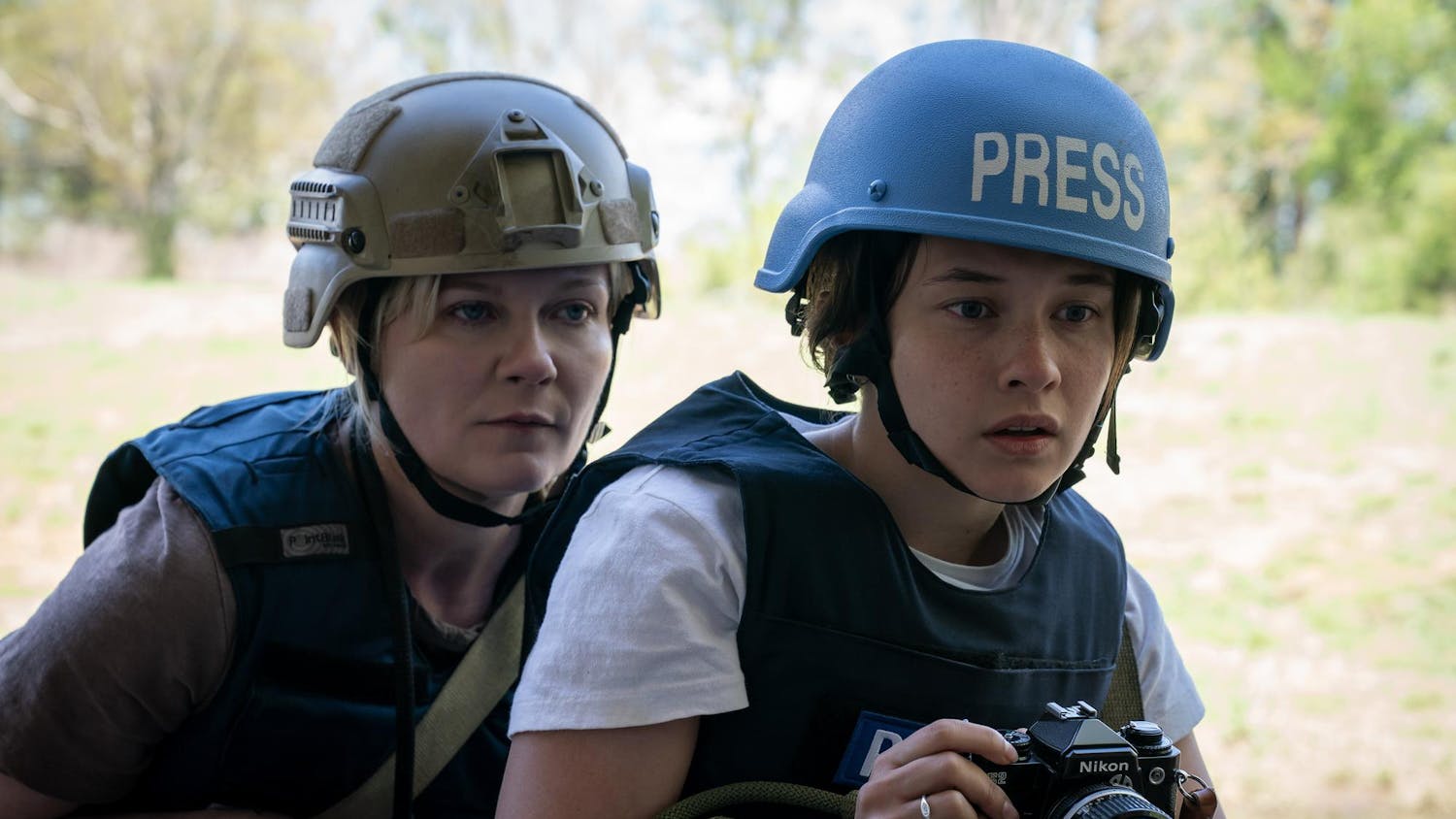I spent most of my adolescence on a stage.
I was a show choir nerd, did musical theater when I could, saw Broadway Across America productions when we could gather the coins (but more often than not resorted to VHS versions of my mother’s favorite shows, “Cats” and “Joseph and the Amazing Technicolor Dreamcoat”).
I was “that kid.” The one who could belt the title song from “Wicked” just a hair quicker than they could whatever was on the radio. And I lived for it.
But I’m black, a black woman, so those spaces have always been just as exclusionary as they were welcoming.
It seemed the shows that starred people who looked like me only did so because they were reimagined or about our struggles. We weren’t total characters, with stories where we sing in the rain or frolic through the mountains of Austria.
We were maids and struggling families in the projects or musicians getting our sound robbed by white artists. There’s rarely been any in-between.
Until recently.
The Hollywood Reporter sat down seven actors and Tony standouts. They talked about a range of issues, but a large portion of the conversation focused primarily on diversity in the industry.
Six of the seven actors were white males.
Leslie Odom Jr., one of the stars of “Hamilton,” was the first to offer skepticism. “I love the theater, and I love this moment that we’re having right now. But I would say ‘not so fast’ to praise. I think what we’re having is a rare moment. I think what we really need to pay attention to is the next two seasons.”
This season we have “Hamilton,” a record-breaking international sensation with a cast comprised totally of people of color (sans Jonathan Groff); “Eclipsed,” starring the incomparable Lupita N’yongo, written and directed by black women; “Shuffle Along” and “The Color Purple,” all with primarily black casts.
So if this is a “moment,” it’s the likes of which we’ve never seen before.
Outside of Broadway, the small screen is also in the business of diversity right now.
It’s an incredible time for television.
I mean that. It’s not perfect by any means, but the fact my nieces get to grow up with more women of color in leading roles than ever before in history is a beautiful thing to see.
That I, a black woman in my early twenties, get to turn on ABC and catch Viola Davis as a messy, troubled, brilliant, dark-skinned lawyer in “How to Get Away With Murder” and Anthony Anderson and Tracee Ellis Ross as an advertising executive and a doctor leading a cast of black and brown folks in “Black-ish” is something I never thought I’d see.
Images I never thought to expect from my media. That’s not even to begin speak to “Fresh off the Boat” or the upcoming sitcom “Uncle Buck.”
And that’s just one channel.
Like I said, it’s not perfect, but it’s progress.
During the roundtable, Odom said diversity is complex, and the media landscape won’t be accurate until it is truly inclusive.
“Colorblind casting is great,” he said. “But you know what’s better than colorblind casting? Roles that were actually made for you.”
Odom went on to say, “I think things in America often get boiled down into a black and white issue, but I want to see stories about Asian people. I want to see stories about trans people”.
The reality is, while what’s happening right now is beautiful, there’s no way to tell if it’s sustainable.
Is this a gimmick or are the stage and the screen actually creating content for people like me because it’s finally time? Are we going to continue to see a slew of shows that are led by women and/or people of color after the initial ratings boom has leveled off, when the novelty isn’t there anymore?
I don’t believe in a colorblind America. And I certainly don’t believe in a colorblind entertainment industry.
Much like Odom, I believe in an industry that writes roles for all people, that validates the experiences of marginalized communities.
I believe in a stage and screen that speaks to the America I grew up in: equal parts troubled and complex, diverse and magnificent.
No, I don’t believe we’re there yet.
But we can be.




